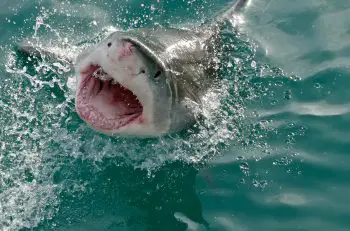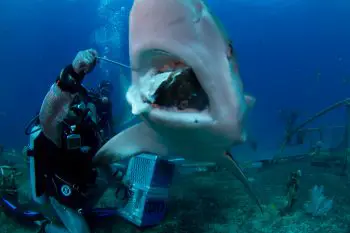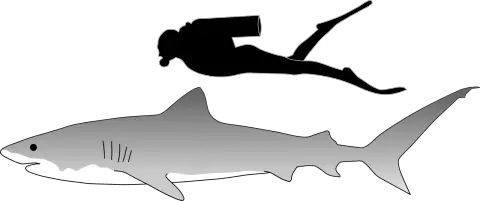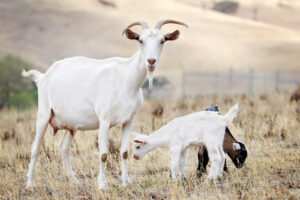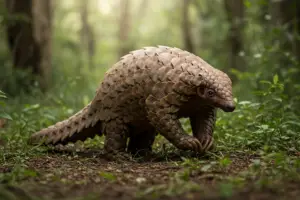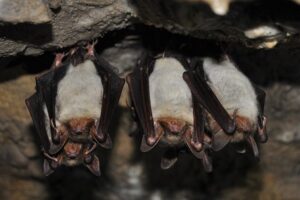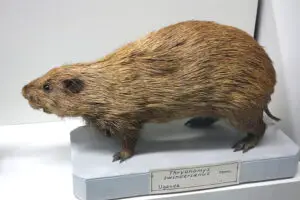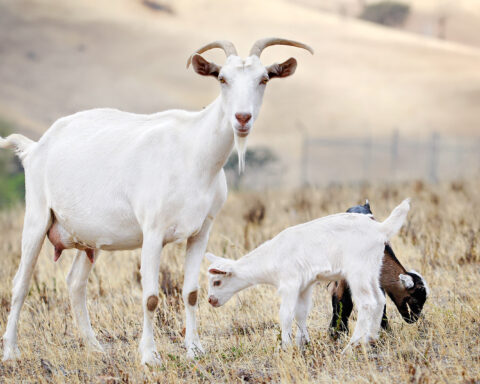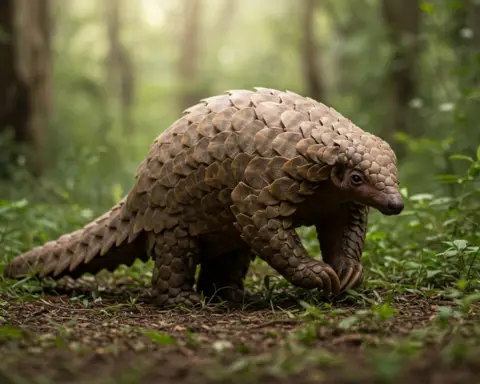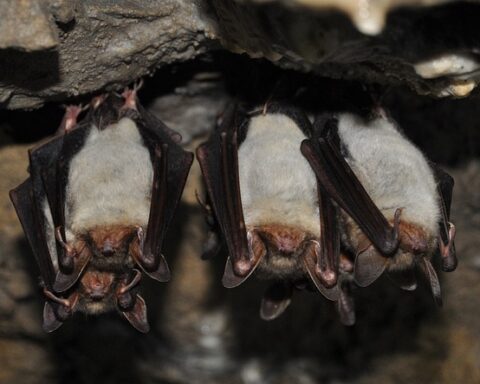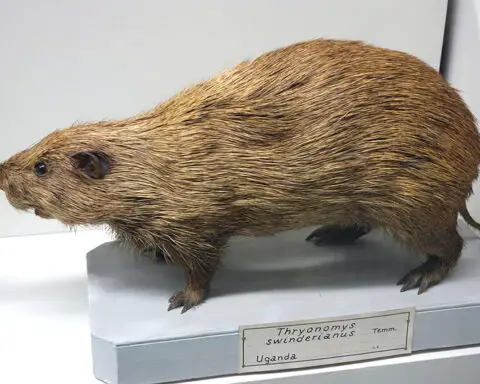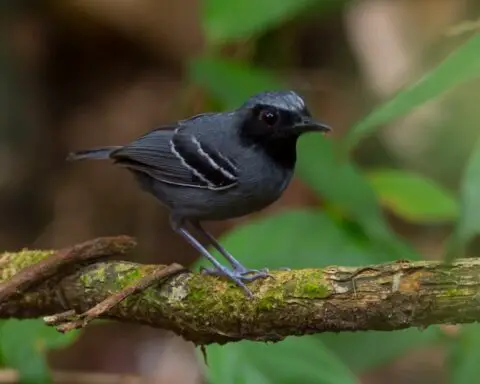The great white shark (Carcharodon carcharias) is an epipelagic species and it is thought to occupy nearly all offshore and coastal water with the temperature estimating at 12 and 24 °C (54 and 75 °F). White sharks likely inhabit South Africa United States, and the Dyer Island. Let us see where do great white sharks live in the world.
Where Do Great White Sharks Live?
After tracking its movements through tagging and analyzing its DNA, experts have recently discovered that they travel great distances over the oceans like moving across California and Hawaiian Islands, South Africa and Australasia.
White sharks are very common on the southern part of Africa (Mozambique, Namibia to KwaZulu-Natal); western and central area of Mediterranean Sea; southern, western and eastern regions of Australia; New Zealand; islands of Japan, northeast of USA (like Long Island) and its Pacific coast (like Oregon to Baja) and the seashore of central Chile and Tyrrhenian Sea.
Great White Shark Habitat
White sharks live in temperate coastal waters around the world’s oceans. Instead of fresh waters, they swim in salty water of coastlines.

